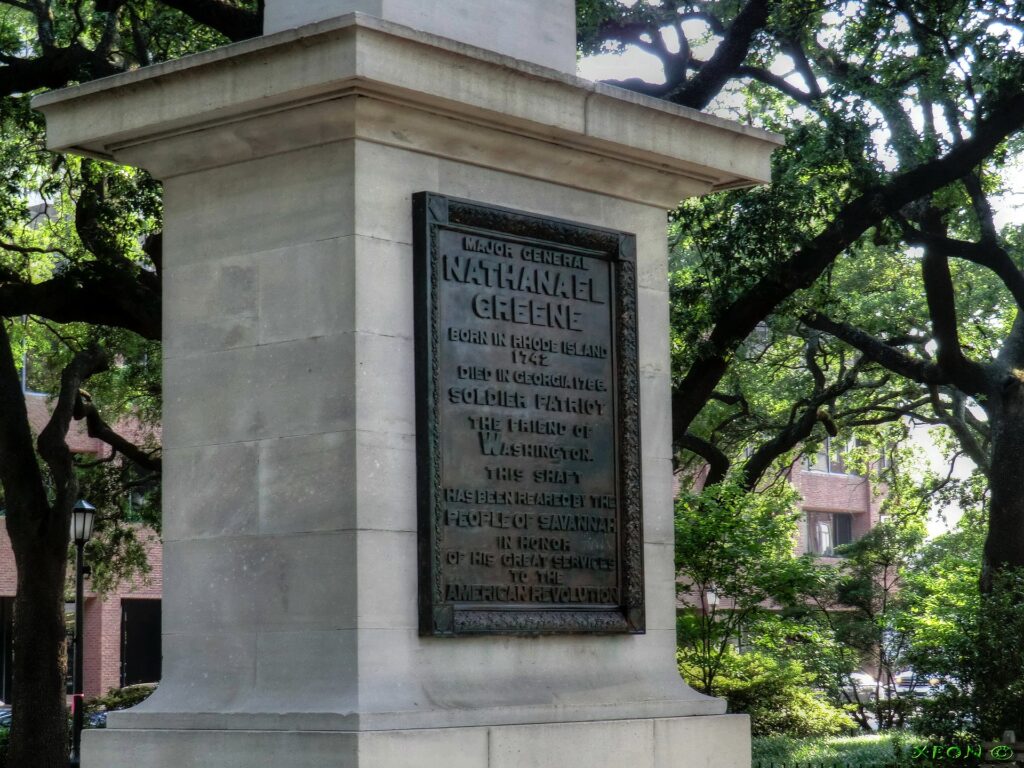Erik Visits an American Grave, Part 30
This is the grave of Nathanael Greene.
Nathanael Greene, Rhode Island’s biggest contribution to the American Revolution, was born in 1742 in Warwick. He didn’t do anything particularly unusual before the American Revolution, although he was a strong sympathizer with the colonists’ cause against the British government. He rose rapidly in Washington’s army, becoming a major general in August 1776 when he was placed in charge of troops on Long Island. When the army retreated from New York City, he advocated burning it to the ground so the British couldn’t use it. Besides, he argued that the city was a loyalist center anyway. Washington was interested in this idea but Congress rejected it. He managed as the quartermaster of Valley Forge, an extraordinarily difficult position. Congress kept interfering in the naming of generals in the South. After picking several disasters, it let Washington pick and he chose Greene. It worked well. Outmanned, he divided his forces, knowing the British would have to do the same, hoping it would lead to a victory. That was achieved at the Battle of Kings Mountain in 1780, where British forces were decimated. He then engaged in a series of actions, including at Guilford Courthouse and Ninety-Six, that forced the British to flee to the coast.
After the war, Greene did what any Rhode Islander with a choice has done for over 200 years. He left. He bought a plantation outside of Savannah, Georgia and moved there full time in 1785. In doing so, he, like many northerners when given the opportunity, changed his mind about slavery. He previously had mostly opposed slavery as a Quaker, although his wife had grown up with them. He advocated freeing slaves in exchange for military service during the War. But after the war, he asked the states of South Carolina and Georgia to buy slaves for him, even as he still said the institution was bad in principle, he needed to provide for his family.
He was however, as a Rhode Islander, unprepared for the heat. He died there of sunstroke in 1786, at the age of 43. After his death, his wife hired a young man named Eli Whitney to teach their children. It was on his plantation that Whitney invented the cotton gin, ensuring slavery would become the backbone of the American economy.
Nathanael Greene is buried in Johnson Square, Savannah, Georgia



